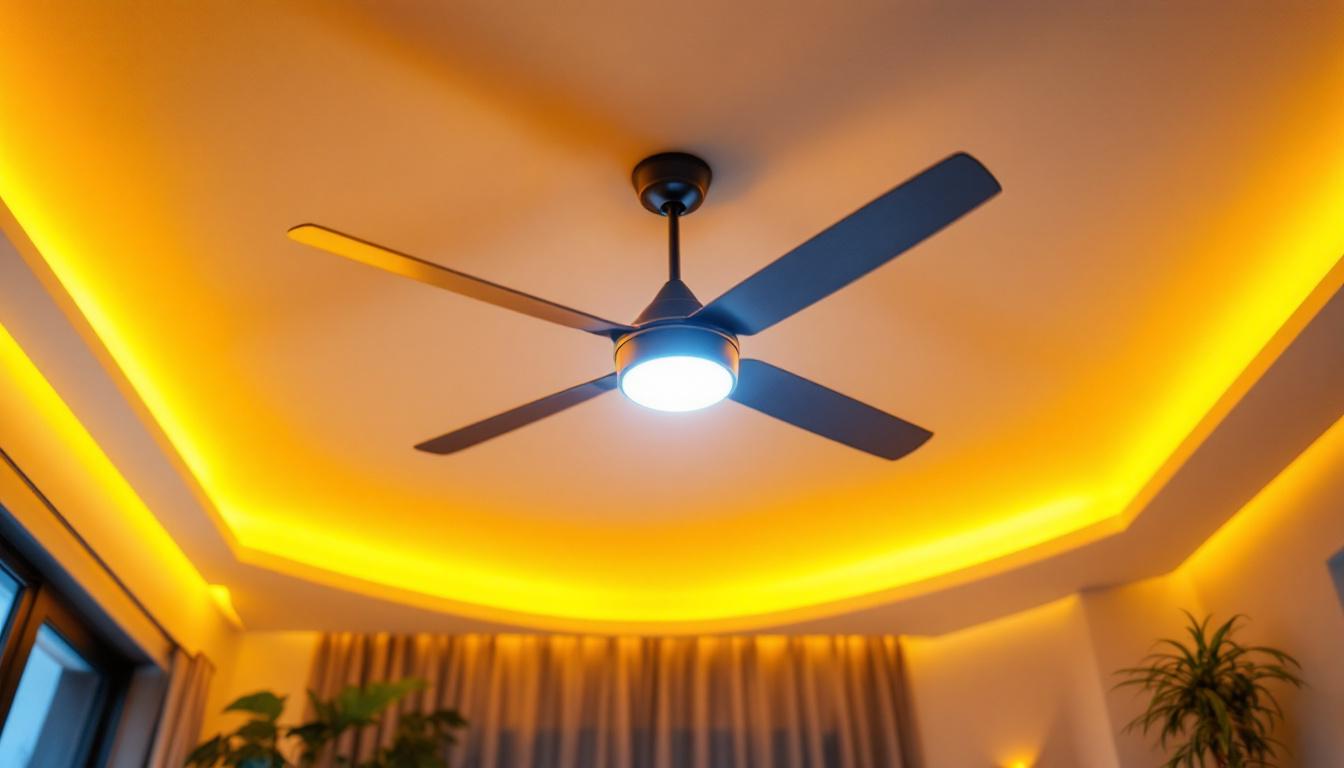
suntan bed bulbs are essential components in the tanning industry, providing the necessary ultraviolet (UV) light for effective tanning sessions. For lighting contractors, understanding these bulbs is crucial not only for installation but also for maintenance and customer satisfaction. This article aims to simplify the complexities surrounding suntan bed bulbs, offering insights that will benefit lighting contractors in their work.
Suntan bed bulbs, also known as tanning bulbs or tanning lamps, emit UV radiation that stimulates the production of melanin in the skin. This process results in a tan, which many individuals seek for aesthetic reasons or as part of their beauty regimen. However, the technology behind these bulbs is not as straightforward as it may seem.
Typically, suntan bed bulbs come in two main types: low-pressure and high-pressure bulbs. Each type has distinct characteristics that affect their performance, lifespan, and health implications for users. Lighting contractors must be well-versed in these differences to provide informed recommendations and services.
Low-pressure bulbs are the most common type used in tanning beds. They operate by producing UVB and UVA rays, which are essential for tanning. These bulbs are generally more affordable and have a shorter lifespan, requiring frequent replacements. Their lower cost makes them popular among salons and home users alike.
High-pressure bulbs, on the other hand, emit primarily UVA rays and are known for their efficiency and longer lifespan. They tend to provide a deeper tan in a shorter amount of time, making them a preferred choice for many tanning salons. However, they also come with a higher price tag, which can be a consideration for contractors and salon owners alike.
When selecting suntan bed bulbs, several specifications need to be taken into account. The wattage of the bulb, for instance, directly impacts the intensity of the UV light emitted. Higher wattage bulbs tend to produce more intense light, which can lead to quicker tanning results but may also increase the risk of skin damage if not used properly.
Another important specification is the bulb’s spectral output. Different bulbs emit varying ratios of UVA to UVB light, which can affect the tanning experience. For example, bulbs with a higher UVA output are often preferred for a more natural-looking tan, while those with more UVB may be better for quicker results.
In addition to wattage and spectral output, the design and construction of the bulbs can also play a significant role in their effectiveness. Some bulbs are coated with phosphors that enhance the quality of the emitted light, providing a more even tan while minimizing the risk of burning. Furthermore, advancements in technology have led to the development of bulbs that incorporate features such as built-in timers and adjustable settings, allowing users to customize their tanning sessions based on their skin type and desired results.
Moreover, it’s essential to consider the maintenance and care of tanning beds equipped with these bulbs. Regular cleaning and timely replacements are crucial to ensure optimal performance and safety. Users should also be educated about the importance of using protective eyewear during tanning sessions, as exposure to UV light can pose risks to eye health. Understanding these factors can help individuals make informed decisions about their tanning practices, ensuring a safer and more satisfying experience.
Proper installation of suntan bed bulbs is critical for ensuring safety and effectiveness. Lighting contractors should follow manufacturer guidelines closely to avoid any mishaps that could lead to equipment failure or safety hazards. Each brand of tanning bed may have unique requirements, so understanding these nuances is essential for a successful installation.
Before installation, it’s essential to inspect the tanning bed for any signs of wear and tear. This includes checking the electrical components, ensuring that the bed is clean, and verifying that all safety features are functioning correctly. A thorough inspection can prevent issues that may arise after the new bulbs are installed. Additionally, it’s wise to document the condition of the bed prior to installation, as this can provide a reference point for future maintenance and repairs.
Safety should always be a top priority when working with suntan bed bulbs. Contractors should wear protective gear, such as gloves and goggles, to prevent any potential exposure to UV light during installation. Additionally, it’s advisable to ensure that the tanning bed is unplugged before beginning any work. This not only protects the technician but also prevents accidental activation of the bed during the installation process.
Furthermore, educating clients about the safe use of tanning beds is crucial. Providing them with guidelines on session lengths, recommended frequency, and skin type considerations can help mitigate risks associated with UV exposure. It’s also beneficial to inform clients about the importance of using protective eyewear during tanning sessions, as this can significantly reduce the risk of eye damage from UV rays.
Regular maintenance of suntan bed bulbs is essential for optimal performance. Contractors should establish a routine for checking the bulbs’ condition, including monitoring their output and lifespan. Most bulbs will have a specified number of hours they can be used before they need to be replaced, which should be adhered to in order to maintain the quality of the tanning experience. Keeping a log of bulb usage can help in scheduling timely replacements and ensuring consistent service quality.
When replacing bulbs, it’s important to dispose of old bulbs properly. Many areas have specific regulations regarding the disposal of UV bulbs due to the materials they contain. Contractors should familiarize themselves with these regulations to ensure compliance and promote environmental responsibility. Additionally, offering clients a recycling option for their old bulbs can enhance the service experience and demonstrate a commitment to sustainability. Regularly updating clients on the latest advancements in tanning technology and bulb efficiency can also foster a sense of trust and encourage them to return for future services.
For lighting contractors, selecting the right supplier for suntan bed bulbs can make a significant difference in the quality of service provided. A reliable supplier not only offers high-quality bulbs but also provides valuable support and information regarding the products they sell.
When evaluating potential suppliers, consider their reputation within the industry. Reviews and testimonials from other contractors can provide insight into the reliability of the products and the level of customer service offered. Additionally, a supplier that stays updated on the latest advancements in tanning technology can be a valuable partner in ensuring that contractors have access to the best products available.
Cost is always a factor when selecting suntan bed bulbs. While low-pressure bulbs may seem more economical initially, their shorter lifespan can lead to higher long-term costs due to frequent replacements. High-pressure bulbs, while more expensive upfront, often provide better value over time due to their durability and efficiency.
Contractors should also consider the potential for bulk purchasing discounts. Many suppliers offer reduced rates for larger orders, which can help contractors save money and improve their profit margins when servicing clients.
The tanning industry is continually evolving, with new technologies and products emerging regularly. Lighting contractors should make it a priority to stay informed about these trends. This can include attending industry trade shows, participating in online forums, and subscribing to relevant publications.
By staying updated on the latest advancements, contractors can provide their clients with the most current options available, enhancing their service offerings and potentially increasing customer satisfaction.
As the awareness of health risks associated with UV exposure increases, lighting contractors must be knowledgeable about the regulations governing the use of tanning beds. Many regions have implemented strict guidelines regarding the operation of tanning facilities, including age restrictions and safety standards.
Contractors should familiarize themselves with these regulations to ensure compliance and to educate their clients. Providing information on the risks associated with tanning, such as skin cancer and premature aging, can help clients make informed decisions about their tanning habits.
Education plays a vital role in promoting safe tanning practices. Contractors should take the time to explain the differences between low-pressure and high-pressure bulbs, as well as the potential risks associated with excessive UV exposure. This information can empower clients to make better choices regarding their tanning sessions.
Additionally, offering tips on skin care before and after tanning can enhance the overall experience for clients. Recommendations for moisturizers, sunscreens, and after-tan products can help maintain skin health and prolong the effects of tanning.
Promoting responsible use of tanning beds is essential for both client safety and the reputation of the tanning industry. Contractors can implement policies that encourage moderation, such as limiting the number of sessions per week or providing guidelines based on skin type.
By fostering a culture of responsibility, contractors can help mitigate the risks associated with tanning while still providing clients with the desired results. This approach not only protects clients but also enhances the credibility of the contractor and the tanning facility as a whole.
In summary, suntan bed bulbs are a critical aspect of the tanning industry, and understanding their intricacies is essential for lighting contractors. From installation and maintenance to supplier selection and health considerations, there is a wealth of knowledge that contractors must navigate to provide the best service possible.
By staying informed about the latest trends, prioritizing safety, and educating clients, contractors can enhance their offerings and ensure a positive tanning experience for all. Embracing these practices will not only benefit contractors in their work but also contribute to a safer and more responsible tanning industry overall.
Ready to elevate your lighting game with premium suntan bed bulbs? Look no further than LumenWholesale, where we specialize in providing lighting contractors with high-quality, specification-grade lighting solutions. Our extensive selection of suntan bed bulbs meets the highest industry standards, ensuring you deliver reliable and high-performance lighting to your clients. With unbeatable wholesale prices and the convenience of free shipping on bulk orders, LumenWholesale is your go-to source for superior lighting without the inflated markups. Wholesale Lighting at the Best Value is just a click away. Upgrade your service offerings and delight your clients with the best in the business – only at LumenWholesale.

Discover how installing garage door outside lights can significantly boost safety and security for your home.

Discover the essential guide to work lights string, featuring top resources and expert tips for lighting contractors.

Explore the evolution of recessed lighting with a focus on the shift to electronic ballasts.

Discover how a budget-friendly ceiling fan can enhance your lighting installation projects.